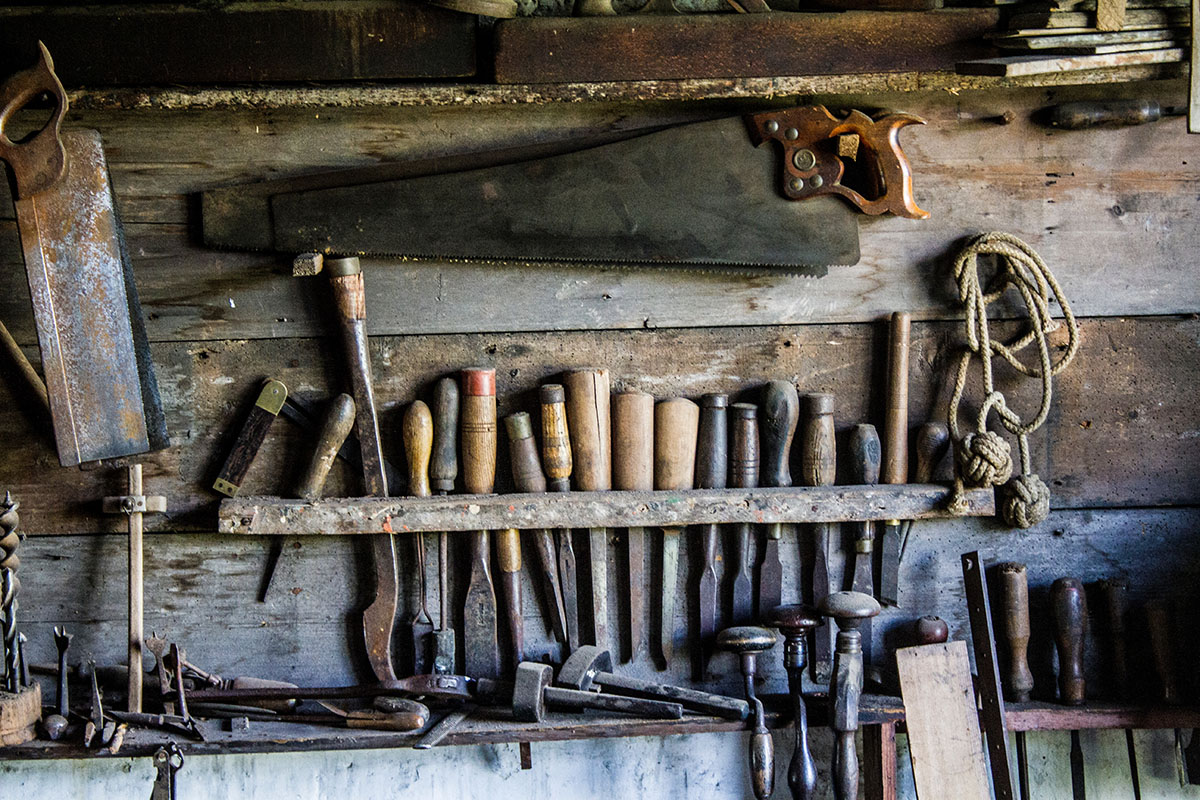Wooden utility and decorative items bring a noble, eco-friendly and welcoming atmosphere to our home, work space or resting space.
One of the most obvious advantages of solid wood s its "personality". Solid wood objects are decorated with a unique natural pattern of annual grownth rings. This specialty will never go out of fashion and therefore, crafting in solid wood is considered a lasting value. An important fact is that the wood blends perfectly with other materials and can be fully integrated into the most modern interiors.
While we are focused on the aesthetic dimension of solid wood, we often forget about its other properties or do not know these properties sufficiently. The wrong choice of wood raw materials can very quickly lead to problems in using, at first glance, perfect products.
Currently, more than 40 types of raw material are used in production, including hardwood and softwood. Pine, willow, cherry, alder, spruce, cedar, poplar, chestnut, fir, ash are softwood. Maple, elm, oak, birch, beech, apple, walnut, plane tree are hard species, and very hard species include boxwood, yew, pistachio, white acacia.
Craftsmen and masters of the carpenter's, when choosing wood raw materials for the manufacture of objects of different uses, take into account: color, texture, appearance, mechanical and other properties of raw materials.For example, it is important to keep in mind that solid and dense wood types have excellent performance but are very demanding in processing. On the other hand, choosing a cheap and easy-to-process raw material will not do us much good in making furniture. Such raw material will produce pieces that will become shabby after a few years.
Therefore, it is advisable, when procuring or ordering, to consult with experts or experienced craftsmen and make a rational decision, which will be a good investment in the long run.

Choosing wood on the Wooden Kraft platform
In this text, we provide brief descriptions of the types of wood you will most often encounter on the Wooden kraft platform. Please consider these in your next order. Wooden kraft. Uzmite ih u obzir kod naredne porudžbine.
- Walnut (Genus juglans)Wood of eternal energy. In addition to yielding fruits, the walnut tree is one of the most sought-after in the timber industry and is very affordable. There are many types of it, but each one exudes a typical mixture of stillness and energy. Walnut has a very dark color and excellent workable properties that make it almost ideal for carpentry. It is well peeled, cut and sanded, surface treated, painted and varnished. Requires light drying. It finds great use in the production of musical instruments, solid furniture and decorative objects.
- Beech (Fagus silvatica): A wood for a warm touch.Beige in color. Anyone who has walked through the beech forest knows it is a special experience. Part of that feeling is caught in beech products. Steamed beech is often used, and the mating process gives the wood a slightly pink tone and gives the items a distinct elegance. The beech is firm and elastic, easy to glue, well sanded, bent, fairing and surface treated. That is why it is used for the production of furniture, floors, as well as fancy goods such as cutting boards, trays, coasters, window frames etc.
- Oak (Quercus robur): A wood of lasting beauty Highly appreciated for its quality. Its central part is light to dark brown and very durable, while its outer part is yellowish in color. Oak is tough, robust, firm, persistent, abstemiously shrinks, and easy dressing. It is used for the construction of structural structures, parts of ships, bridges, joinery (windows and doors), but also for furniture, parquet floors, casks.
- Acacia (Robinia pseudoacacia): Gentle-looking wood.Acacia is a sappy type of wood, which means it has a darker color in the middle and is lighter on the outside. In acacia, this contrast is particularly pronounced. It can be easily machine dressed, lathe and cut. Acacia is prone to vaporization and bending, which is why it is important to dry slightly. The durability of acacia wood is great. It is used in making high quality products.
- Ash (Fraxinus excelsior) : Wood for a friendly atmosphere.Elegant, hard and durable. Ash is a light color that ranges from whitish to light brown, with a natural glow. Its structure is quite coarse, with straight and regular fibers and very few nodules. In its characteristics it is very similar to oak, but it doesn`t have such good durability and weather resistance. Known for its very high elasticity and flexibility, due to its attractive appearance, it is used for the production of furniture and decorative objects, stairs, parquet floors, especially sports equipment.
- Cherry (Prunus): A wood for a positive mood. It gives beautiful, exciting tones because of its thick red color, smooth texture and attractive fibers. The color of the marrow of the cherry tree is pale pinkish-brown when freshly cut and, over time, becomes deep golden-brown when exposed to light. Cherry is easy to handle with both manual and industrial tools, and the only problem can occur during dyeing, since its dense wood receives poor color and can produce uneven results. It is easily glued, bent and finely dressed. Cherry is most commonly used for veneer, furniture, handicrafts, musical instruments and carvings.



